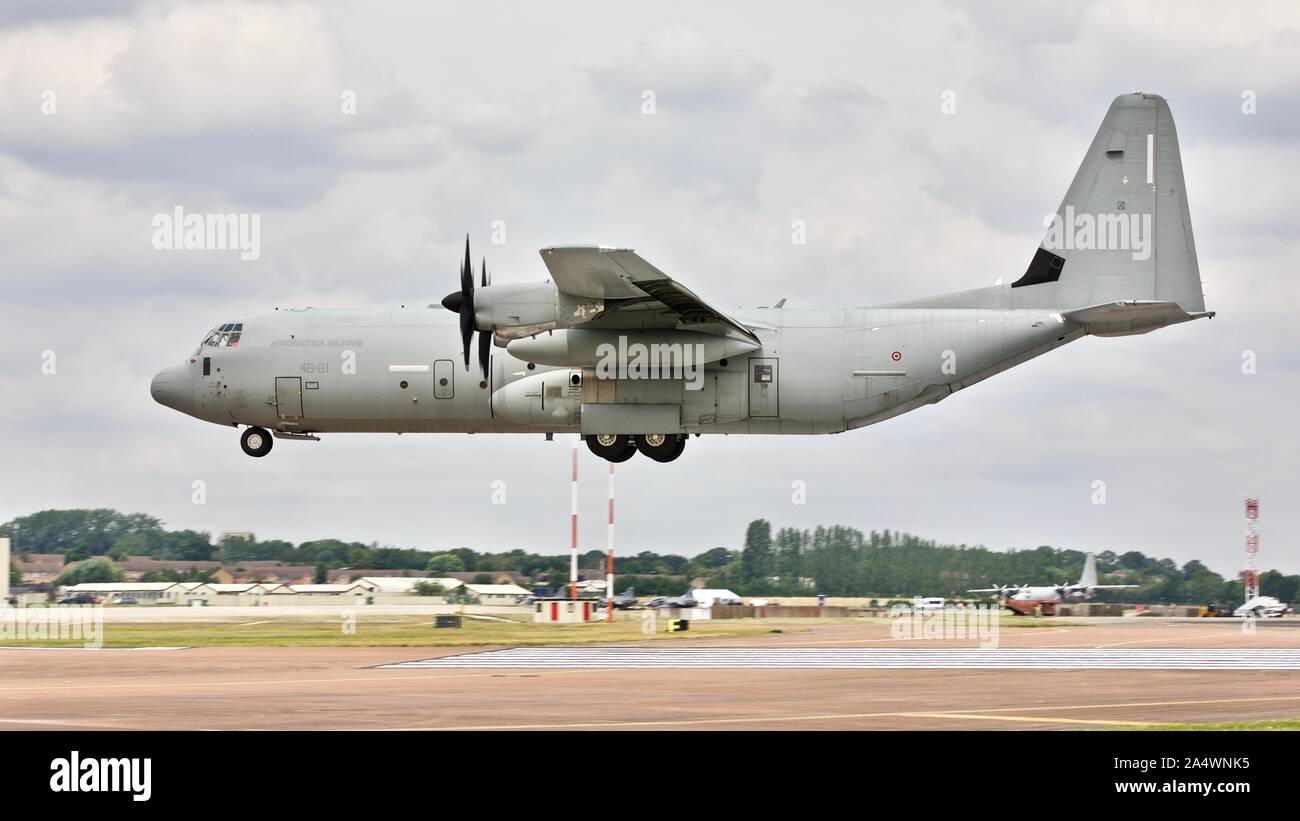
During his first bid for governor, in 2012, he went around the state talking about building up the aerospace industry by investing in infrastructure and workforce training. Jay Inslee may be Exhibit 1 in this category. Increasingly, Washington state elected officials and community leaders have become frustrated with Boeing, because look, fellas, we keep giving you what you say you want, and then you keep coming back to demand more and more. (The state has one of the nation’s highest union densities, almost double the national average.)Īs a result, Boeing senior management has been frustrated with being stuck in Washington, because it’s a high-skill, high-wage environment where none of these latte-sipping, tofu-eating tree-huggers seems to get that they must compete to earn the right to be part of the Boeing world. That business culture clashes severely with the traditional Seattle culture, which is heavily, maybe obsessively, based on consensus building and “win-win” solutions. Welch famously once said his dream would be to put factories “on a barge” where he could move them – or threaten to move them – to lower cost sites that are “more competitive.” The GE model is based on a foundation of ruthless competition, among suppliers, among employees and among communities where a company bases its business units.

Current CEO David Calhoun spent 26 years at GE, sitting on that company’s board of directors for eight years and rising to the rank of vice chairman. Former CEO Harry Stonecipher was a Welch acolyte. Since the 1997 McDonnell Douglas merger, Boeing adopted the Jack Welch/GE management model. And Washington, by every subjective measure that Boeing uses, is absolutely a terrible place for Chicago to run its business the way it wants. The two sides are in a difficult place: Washington, by every relevant objective measure The Teal Group could think of, is categorically the best place for Boeing to keep its commercial operations. It’s just, do they have the leadership and wherewithal to do it.” Chicago has a problem with Seattle “The necessity is really clear for Boeing and the mode of doing it is pretty clear for Boeing. “The exam answer is really clear for Boeing,” Richard Aboulafia of The Teal Group said during the call. The smart thinkers believe that Boeing should commit to this program in the 2022-23 time frame, with an eye toward a 2028-29 EIS – which would time nicely with the expected post-Covid recovery in air travel and aircraft demand.Īnd the obvious place to build it is in Puget Sound – probably in one of the Everett final assembly halls that will be emptied out by the end of the 747 program and the departure of the 787.īut while this is the obvious solution to the biggest problem staring Boeing in the face, it’s far from clear whether CEO Dave Calhoun and his board of directors will make the smart move. It might benefit from having a 777X-style composite wing. This plane should take advantage of the technological advances in engines and systems that have taken place since the last ‘Five-Seven came off the Renton line in 2005. Boeing photo.Ī consensus seems to be growing – at least among the punditry - that Boeing’s next jet should be a straight-up 757 replacement: a single-aisle jet in the 200-to-240 passenger class, with a range somewhere around 5,500 nautical miles.



Buzz about Boeing’s next new airplane returned this month to making a 757 replacement.


 0 kommentar(er)
0 kommentar(er)
